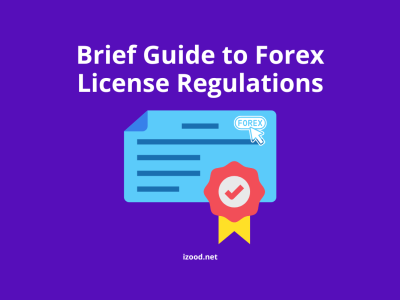
Foreign exchange trading has been around since ancient times. Money changers used to help people convert cash into another currency for a fee. Today, there are 180 currencies in use, and any trade involving them drives the forex market, making it the most liquid market in the world.
What Does Liquidity Mean In The Forex Market?
All financial organisations, including brokers, maintain sustainable liquidity. Liquidity in foreign exchange refers to the quickness and ease with which an asset can be sold, purchased, or converted into cash at stable prices. Market dynamics are significantly impacted by liquidity, whether it is a financial asset like stocks or a tangible asset like real estate.
The ability of an asset to be easily bought or sold with little delay is known as “liquidity”. When an asset is highly liquid, it can be purchased at its true value and delivered immediately. Liquidity in the trading context is typically evaluated by examining the number of trades or pending trades, demonstrating the balance between supply and demand. When liquidity is strong, it is easier to find buyers and sellers. Conversely, when there are few participants in the market, it can be difficult to complete transactions, leading to market illiquidity.
Three Indices To Distinguish Between Liquid And Illiquid Brokers
A market is considered illiquid when the volume of buying and selling significantly varies at any given time, leading to unpredictable and erratic price movements for traders. On the other hand, a deep or smooth market, also known as a very liquid market, experiences minimal price fluctuations. Most traders need to operate in a liquid market to effectively manage risks.
- Gaps
Forex gaps occur due to crucial news, causing market volatility. They usually happen in the US on Sundays. Equity markets trade 24/7 with fewer gaps, allowing for free market access. However, markets that only trade for a portion of the day, like the US equity market or Futures Exchange, are more volatile due to overnight news.
- Indicators
Traders can evaluate the liquidity of FX pairs by using the “volume” option provided on the chart by brokers. To examine liquidity indicators, traders analyse the bars present on the volume chart. Each volume bar corresponds to the trading activity during a specific period, providing traders with a reasonable estimate of liquidity.
However, it is essential to note that brokers frequently only display their liquidity data, not the overall FX market liquidity. Nonetheless, depending on the size of the broker, using their liquidity as a reference can accurately represent the retail market.
- Timing
Forex liquidity can change during the day, and traders must know it. Significant support and resistance levels often occur during Asian sessions. Breakouts are more likely during London and US sessions. 50% of the day’s volume occurs in the US, Europe, and London morning sessions. About 20% of the total volume occurs during the US afternoon, except for FOMC announcements.
How Do LPs Work and How Are They Connected?
A liquidity provider for brokers creates pools for financial institutions and banks and funds to offer quotes and data to more minor participants. These pools enhance market efficiency by minimising spreads and removing price gaps and market slippage risks.
Liquidity providers for currencies are divided into Tier 1 and Tier 2. Tier 1 providers offer access to major financial institutions, while Tier 2 providers offer access to one or more banks. Prime-of-Prime liquidity providers manage their pools, including Over-the-Counter players and dark pools. The most substantial liquidity pools in the FX market are those provided by PoP liquidity providers.
To enhance their access to a diverse range of funds and establish a connection with an LP, a brokerage firm must follow these steps:
- The Forex market offers a wide variety of companies, but it is important to select a reputable provider.
- The application form should be completed and submitted. A discussion about the details of the partnership, including any trade fees the LP charges, should be conducted during this process.
- Connect to the desired pools using the most appropriate aggregation, such as PrimeXM or OneZero, and the most suitable liquidity venues, such as MetaTrader 4/5, DX Trade, or B2Trader.
Concluding Marks
Staying updated on market news provides insights into variables that influence volatility and liquidity, facilitating profitable transactions.







